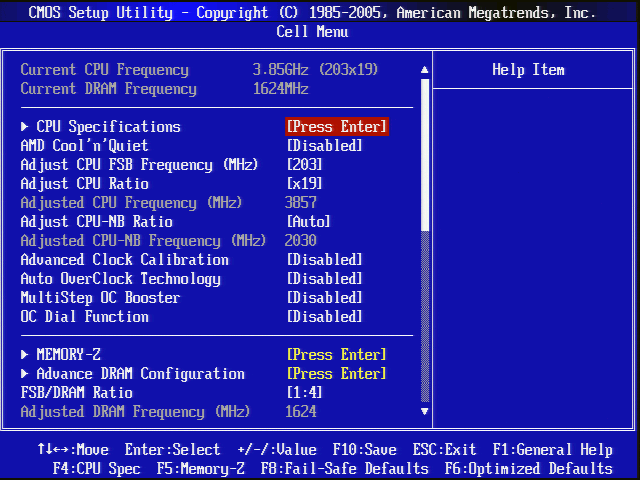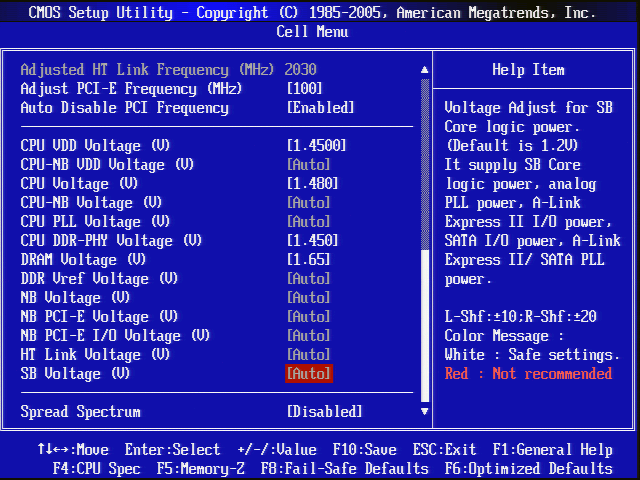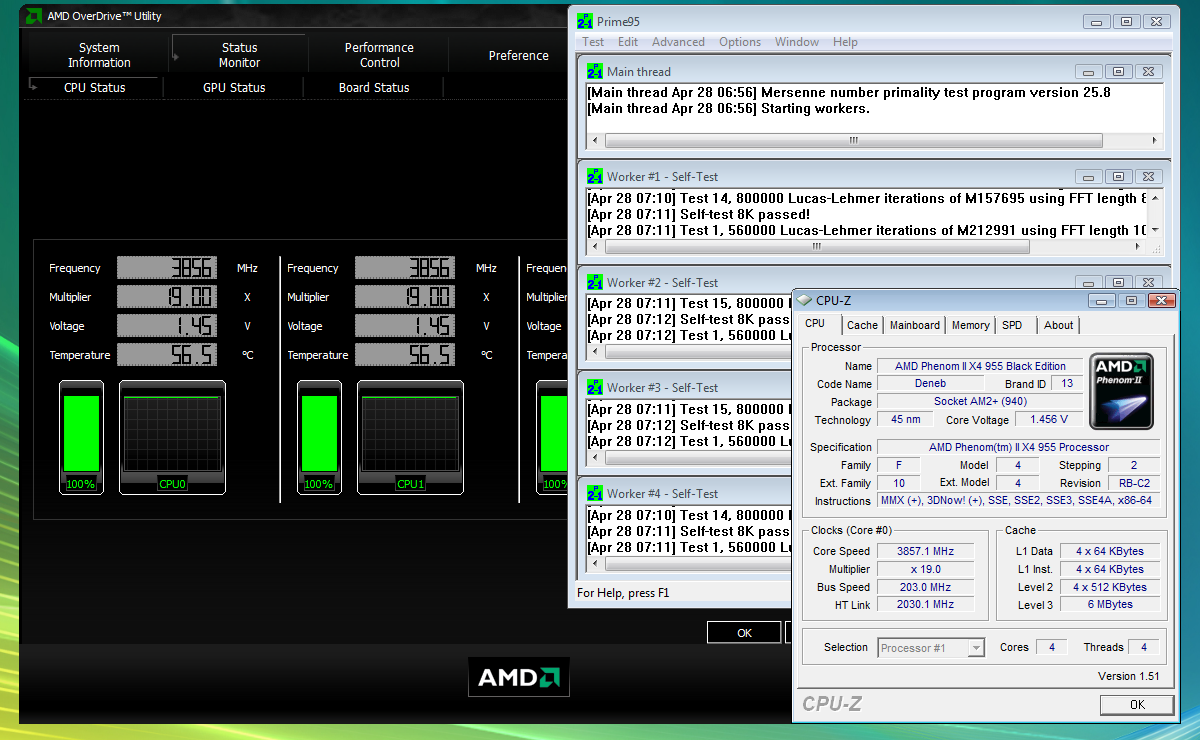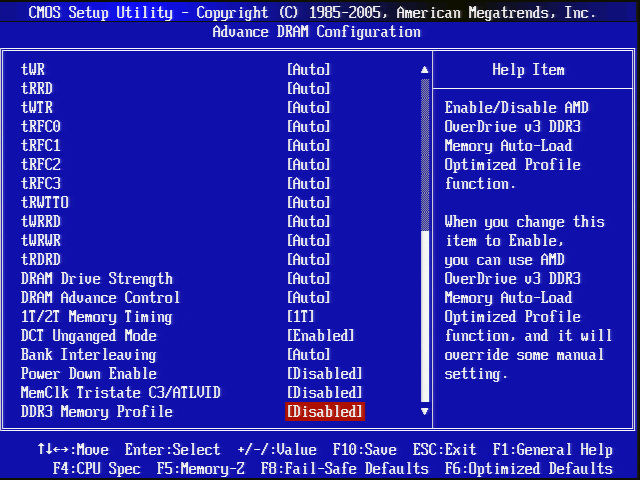Guide: Overclocking AMD And Intel CPUs On A Budget
Overclocking AMD's Phenom II X4 955
Following the same method used for overclocking the Phenom II X2 550, AMD's quad-core Phenom II X4 955 Black Edition was first set to 1.50 volts for the CPU core, 1.65 volts memory, and 1.45 volts for the memory controller. As soon as we began increasing its CPU core multiplier (“Adjust CPU Ratio” below) however, we found that the CPU cooler simply couldn’t keep up with four cores at full load and our selected voltage.
Stability tests with four threads of 64-bit Prime95 revealed that our system would crash at a CPU core temperature of 59° Celsius, as monitored by AMD OverDrive Utility. We knew that 1.50 volts would be almost ideal for our tests, if only the CPU cooler could keep up. So, rather than start from stock voltage and work our way up, we began with 1.50 volts and worked our way down, until the core no longer reached the offending temperature.
At 1.48 volts the CPU would reach 59° Celsius at a multiplier of 18x, resulting in a Prime95 program error (worker stopped for one core, or program thread). Choosing 1.46 volts allowed a 19x CPU multiplier before the same error occurred at the same temperature. At 1.45 volts (and a 19x CPU multiplier) the program would crash before reaching 59°, indicating more voltage would be required to operate at this speed.
But those voltage levels were achieved using the “CPU VDD Voltage” setting in BIOS, where the “not enough voltage” crash occurred due to voltage fluctuation under full load. Increasing the “CPU Voltage” in MSI's BIOS to 1.480 volts allowed the system to actually run at 1.456 volts under full load with a maximum CPU temperature of around 55°.
Stable at 19 x 200, CPU frequency could still be increased slightly via HT clock, labeled “Adjust CPU FSB Frequency” in the first BIOS screen shot above. Adjusting in increments of 2 MHz, the system was found stable at 202 MHz HT clock, but crashed after around 40 minutes at 204 MHz. 203 MHz allowed it to run without error at full load for several hours, yielding a final overclock of 3.85 GHz.
Peak temperature increased to 56.5° Celsius, barely shy of the 59° limit where heat would cause it to crash. It’s important to note that temperature has far less effect on stability at lower clock speeds, so that systems unable to obtain this relatively mild temperature will be limited in overclocking capability.
At DDR3-1624, our memory supported the same minimum latencies as previously found in the X2 550’s DDR3-1616 DRAM data rate.
Get Tom's Hardware's best news and in-depth reviews, straight to your inbox.
Current page: Overclocking AMD's Phenom II X4 955
Prev Page Phenom II X2 550 O/C Performance And Efficiency Next Page Phenom II X4 955 O/C Performance And Efficiency




